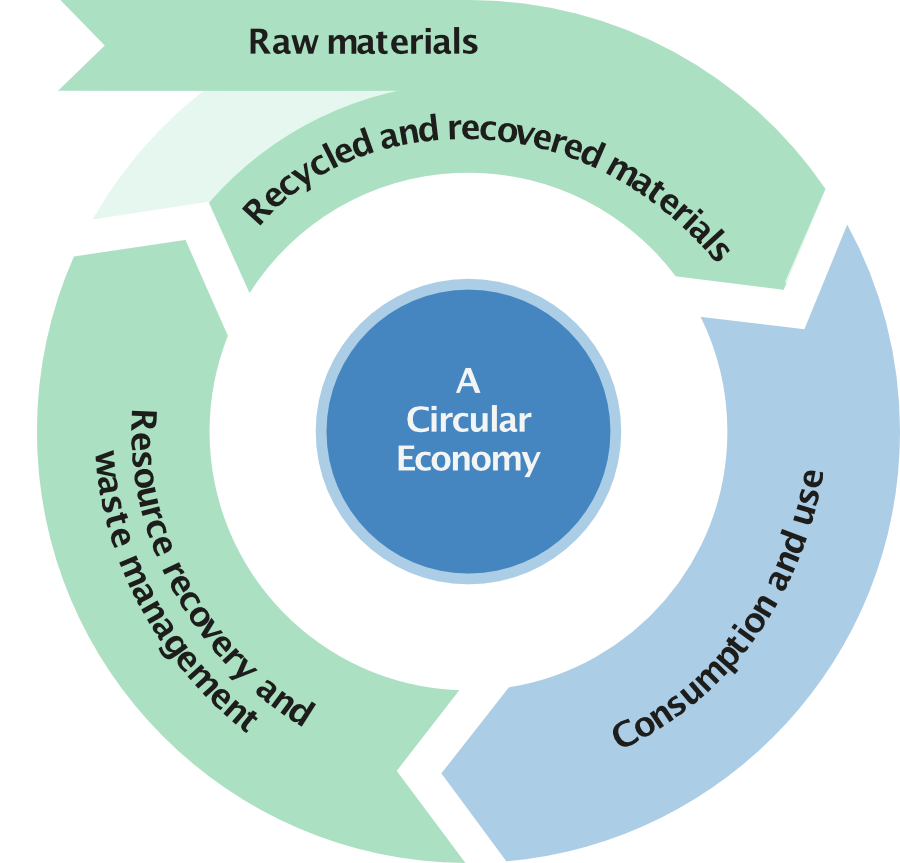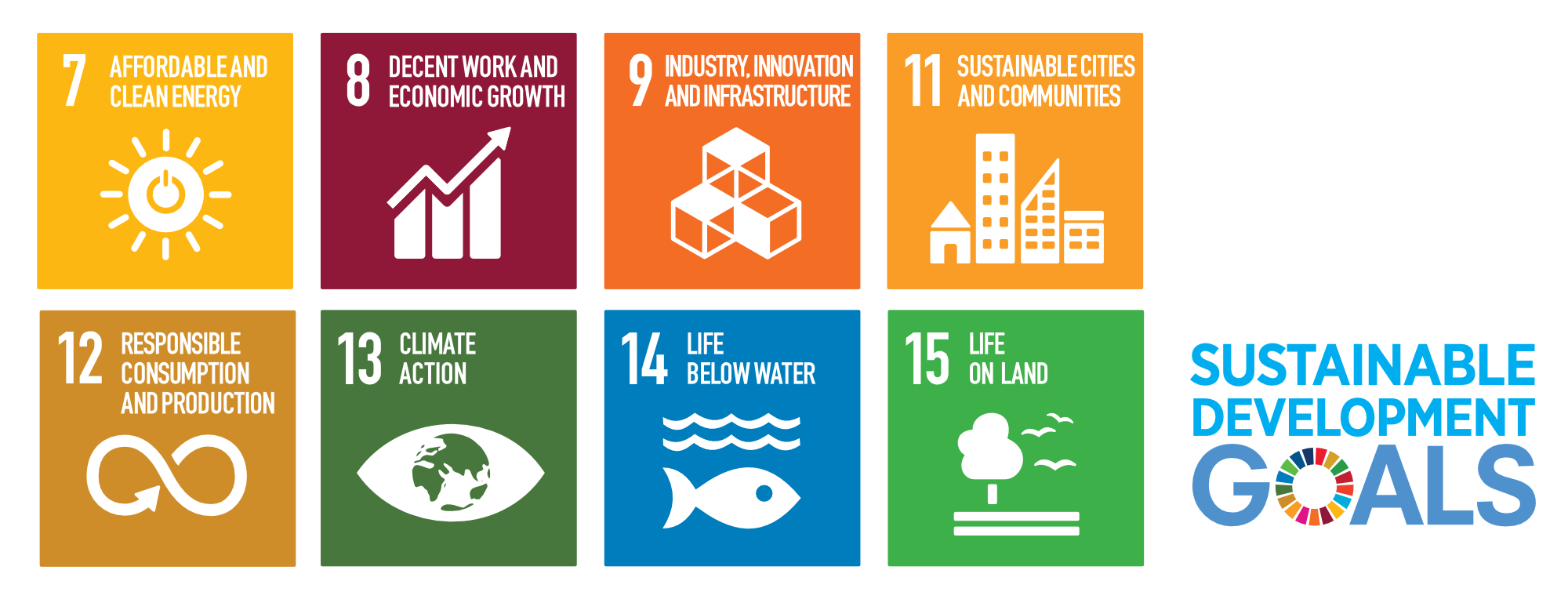Circular Economy
The term "circular economy" is widely recognized within waste prevention and reduction networks and communities, yet it remains less familiar to the general public. As awareness grows regarding the strain on environmental resources, the concept is expanding into various sectors such as manufacturing, agriculture, water management, and transport
Sustainable Development Goals
The Waste Saver Gold Standard and principles of the circular economy supports several United Nations Sustainable Development Goals (SDGs), including:
- SDG7 - Affordable and Clean Energy
- SDG8 - Decent Work and Economic Growth
- SDG9 - Industry, Innovation and Infrastructure
- SDG11 - Sustainable Cities and Communities
- SDG12 - Responsible Consumption and Production
- SDG13 - Climate Action
- SDG14 - Life Below Water
- SDG15 - Life on Land
Minimize waste and resources
In a circular economy, the emphasis is on minimizing waste and resource use, maintaining the value of products and materials through thoughtful design, durability, and repair. When a product reaches the end of its life, its components are reused to create new and useful products.
The circular economy thrives in various business models, such as:
- Sharing schemes for tools, bikes, and cars
- Leasing arrangements for home appliances, bikes, and even jeans
- Repair and remanufacturing practices
It serves as an alternative to the traditional linear economy, where significant quantities of natural resources are extracted to produce items that may be used only once before disposal.

Living in a circular economy provides greater access to well-designed items that can be shared, reused, repaired, and remade. Keeping manufacturing and remanufacturing processes as local as possible creates local jobs and services with minimal impact on water, air, soil, and overall health. Recent events have underscored the value of shorter and more localized supply chains, highlighting the vulnerability of global supply chains.





